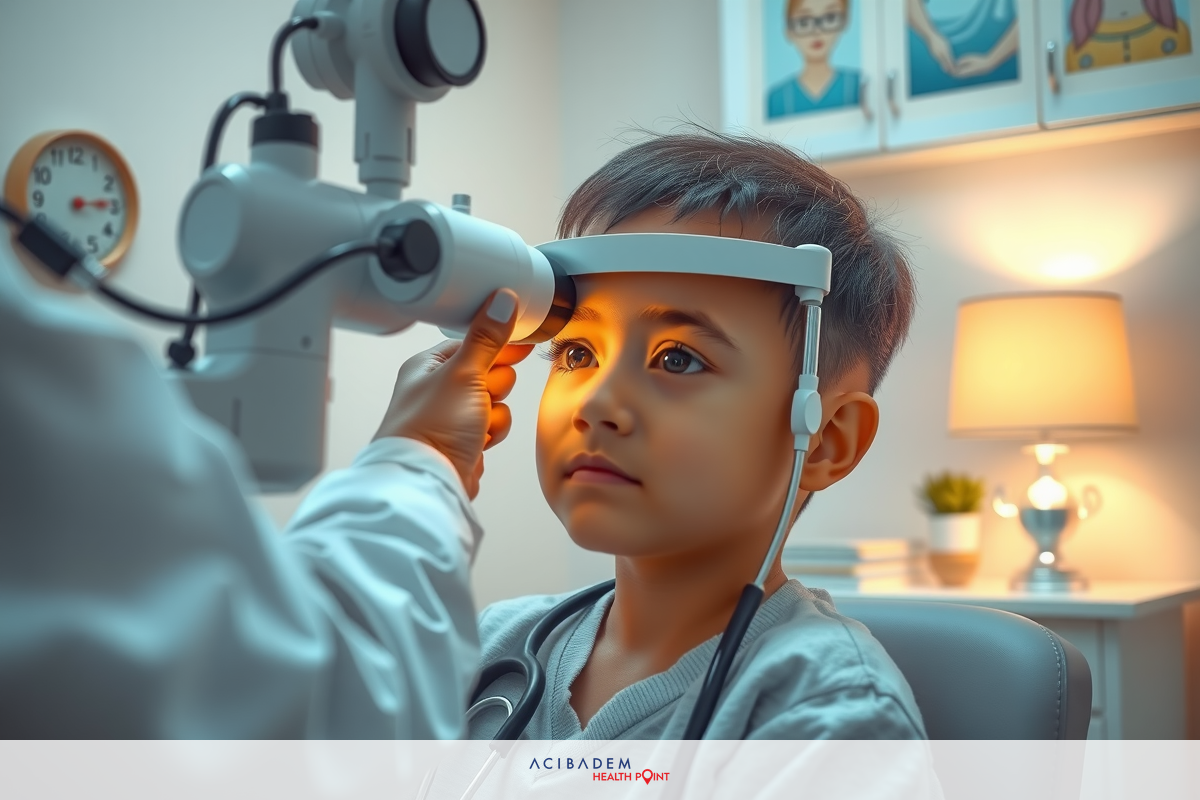How do doctors monitor retinoblastoma after treatment?
Doctors have a key role in checking on patients who had treatment for retinoblastoma. They set regular visits to see how the patient is doing and spot any signs of the illness coming back. At each visit they may use tools that help them look inside the eye. With these checks doctors can act fast if there are new problems.
Eye care experts often pick imaging tests to watch over health after retinoblastoma care. These tests give clear pictures of the inside of the eye and help find any changes early on. By keeping up with these image tests doctors aim to keep eyes healthy for as long as possible.
After getting better from retinoblastoma knowing what symptoms to watch out for is very important. Patients should tell their doctor about new or odd signs right away so they can get checked quickly. Regular talks with your health team make sure you stay informed about your own well-being.
Post-Treatment Check-ups
After treatment doctors keep a close watch on patients who had retinoblastoma. They set up regular check- ups to make sure the illness does not return. These visits are key parts of getting better and staying healthy. At each visit your doctor will ask questions and do exams to see how you’re doing.
During these check-ups eye health is the main focus for doctors monitoring for any signs of retinoblastoma. They use special tools that let them look closely at the back of the eye where this cancer can grow. It’s important to go to all scheduled appointments even if you feel fine.
Regular follow-up care helps catch any issues early which is vital after retinoblastoma treatment. Your doctor might adjust these visits based on how you’re doing over time. As you move further from treatment the space between check-ups may get longer but they won’t stop.
Staying in touch with your healthcare team is part of good follow-up care too. If there are new symptoms or changes in vision between visits tell your doctor right away. Quick action can make a big difference when dealing with such a serious condition as retinoblastoma.
Imaging Tests
Imaging tests are crucial tools for doctors to monitor health after retinoblastoma treatment. These tests take clear pictures of the inside of the eye. Doctors use them to look for changes that could mean the cancer is back. They can find small problems before they turn into big ones.
One common imaging test is an MRI which gives a detailed image without using X-rays. It’s safe and very helpful in checking how well treatment worked. Another test is an ultrasound which uses sound waves to create pictures of the eye’s structure.
Doctors may also use CT scans as part of their monitoring plan after treatment for retinoblastoma. Though less often than MRIs or ultrasounds because they involve radiation CT scans provide valuable information too when needed. The choice of imaging depends on many things like your age and how far along you are after treatment.
These imaging tests happen at different times during follow-up care based on doctor advice. Your healthcare team will tell you when it’s time for each test so you stay up-to-date with your health status post-treatment for retinoblastoma.

Symptom Awareness
Knowing what symptoms to watch for after retinoblastoma treatment is key. Some signs might include new problems with vision or eyes that look red and feel sore. If you see a white glow in the eye or notice the eyes not lining up right tell your doctor. These could be early warnings so staying alert helps a lot.
If you have any worries about how your eyes are doing reach out to your healthcare team fast. They can check if these signs are normal healing or something more serious. Your doctors are there to help keep you safe and healthy after treatment for retinoblastoma.
Being aware of symptoms also means knowing when things seem just fine. Not all changes mean the cancer has come back. Keep regular visits with your doctor and report anything odd without delay; this helps in making sure you get the best care possible following retinoblastoma treatment.
Follow-Up Care
Follow-up care is a vital part of the journey after retinoblastoma treatment. It ensures long-term health and helps in early detection if the cancer returns. This care includes regular visits to your doctor who will monitor your recovery closely. These visits may involve talking about any new symptoms you might have.
Doctors use follow-up appointments to keep an eye on the treated area and beyond. They look for signs that suggest good healing or potential issues that need attention. Your overall well-being is also assessed during these check-ups not just your eyes.
A key goal of follow-up care is to watch for late effects of treatment on your health. Some treatments can affect growth or cause other delayed problems so keeping track is important. By staying up-to-date with follow-up visits doctors can manage such risks effectively.
Your doctor will guide you through this phase with a personalized care plan based on your needs. The plan considers factors like age, type of treatment received, and how well you’re doing post-treatment. It’s tailored to give support where it’s most needed as you move forward in recovery.
The frequency and nature of these follow-up appointments can change over time as your situation does. As more time passes from when treatment ended, appointments may become less frequent. But they remain essential for monitoring long-term outcomes after battling retinoblastoma.








